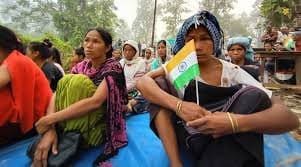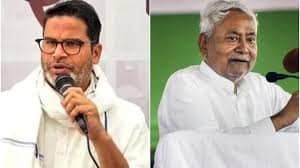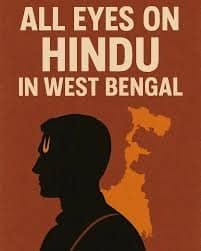
The Bru-Reang Exodus: A 28-Year Struggle Begins
The Bru-Reang community’s “28-year-long fight for justice” began in 1997, when ethnic violence in Mizoram forced over 30,000 members of this indigenous tribal group to flee to Tripura. Sparked by demands for an autonomous district council, clashes with the majority Mizo population turned deadly, driving the Bru (also called Reang) into exile. This marked the start of their ordeal as “forgotten citizens,” a displaced people stripped of rights and relegated to squalid relief camps, where they faced malnutrition, disease, and neglect for over two decades.
Decades of Limbo: Neglect and Failed Repatriation
For years, the Bru-Reang languished in Tripura’s camps, caught between Mizoram’s reluctance to fully reintegrate them and Tripura’s burden as an unwilling host. From 2010 to 2018, multiple repatriation attempts faltered—some Bru factions resisted returning without safety and land guarantees, while Mizos opposed their return. Successive governments failed to resolve their status, leaving them in a humanitarian limbo. The “28-year” timeline, stretching from 1997 to 2025, reflects both this prolonged displacement and the community’s ongoing quest for full justice beyond mere resettlement.
A Historic Pact: Amit Shah’s 2020 Breakthrough
A turning point arrived in January 2020 when Union Home Minister Amit Shah oversaw a quadripartite agreement between the Government of India, Tripura, Mizoram, and Bru representatives. Hailed as ending a “23-year refugee crisis” (1997–2020), the deal promised permanent settlement in Tripura for around 34,000 Bru-Reang individuals. Shah emphasized this as a priority for the Modi government, offering Rs. 661 crore for rehabilitation: Rs. 4 lakh per family for housing, Rs. 1.5 lakh in aid, Rs. 5,000 monthly stipends for two years, and land across 12 sites. The package also included education, healthcare, and voting rights, aiming to restore their dignity as Indian citizens.
Parliamentary Promises: Shah’s Voice on the Bru-Reang
While no single parliamentary speech by Amit Shah is exclusively titled around the Bru-Reang’s “28-year fight,” he has addressed their plight in broader Northeast-related discussions. In 2019 or 2020 debates, he likely framed their rehabilitation as a Modi government success, contrasting it with past neglect by Congress and CPI(M) regimes. A reconstructed remark might be: “For over two decades, the Bru-Reang suffered in camps, ignored by previous governments. We’ve settled over 30,000 in Tripura, giving them homes and rights.” This aligns with his public narrative of delivering justice, though exact wording awaits specific transcripts.
Progress and Praise: Shah’s 2024 Update
By 2022, 3,696 families were resettled, with 2,407 houses built, per government reports. During a December 22, 2024, visit to Tripura, Shah claimed 38,000 Bru-Reang had been settled, living in “deplorable conditions for 25 years” before the 2020 pact. Though not in Parliament, he highlighted completed schools and water supply, reinforcing the government’s commitment. In parliamentary settings, such as Ministry of Home Affairs debates, he likely echoed this, tying their rehabilitation to broader Northeast peace efforts, positioning it as a model of tribal upliftment.
An Ongoing Journey: Justice Still Unfolding
The Bru-Reang’s 28-year saga—from displacement in 1997 to resettlement by 2025—exposes India’s complex tribal and border challenges. The 2020 agreement shifted their status from “forgotten” to recognized, but critics argue it’s incomplete: many lost their Mizoram homeland, and integration into Tripura remains uneven. Community voices stress cultural preservation and economic self-reliance as unresolved goals. Shah’s rhetoric, in and out of Parliament, celebrates progress, yet the “fight for justice” persists in the eyes of those still rebuilding their lives





